
MicroFile+ Free Software for Converting Big Scientific Images into Manageable, Shareable, Standardized Files
For Immediate Release: Williston, VT — October 6, 2020 — Big science produces big data. At laboratories around the world, researchers

MicroFile+ is a free tool that solves a problem faced across laboratories and imaging facilities. Modern microscopic imaging devices can generate vast quantities and types of data. Organizing, storing, and analyzing this big data is a daunting problem that MicroFile+ solves. MicroFile+ turns large, unwieldy multi-dimensional data from most imaging sources into compact, easy to manage, and documented files that can be instantly loaded by MBF Bioscience products for analyses. The files can also be used by numerous other software applications. MicroFile+ also preserves instrumental and experimental metadata and includes extensive functionality for adding and curating metadata to fully describe and document image data.
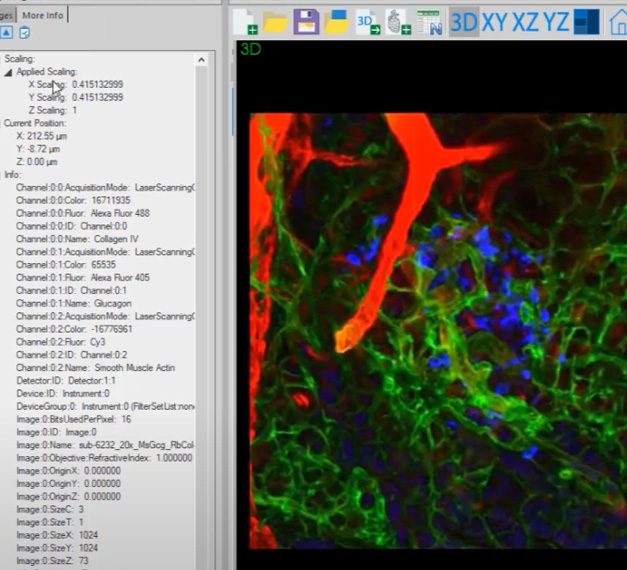
MicroFile+ uses state-of-the-art compression methods to efficiently and accurately convert 2D and 3D images from most sources and formats into manageable, standardized experimental results. Formats from slide scanners, confocal microscopes, light sheet microscopes, and standard sources are all supported. Convert nearly any type of image to the widely used jpeg2000 or OME-TIFF standards. These formats efficiently store big image and metadata for fast retrieval, viewing, and analyses across applications. MicroFile+ can convert images without limits on the number of fluorescent and brightfield channels in the experiment.
MicroFile+ was developed with support by the SPARC program [Grant number 3OT3OD025349-01S2]
| Compatible Input File Formats |
|---|
|
Download MicroFile+ product sheet here.
MicroFile+® Version 2021
Released 2021
New Features and Enhancements:
View Full Version History Here.
Convert nearly any type of image to the jpeg2000 or OME-TIFF standards. These formats efficiently store big image and metadata for fast retrieval, viewing, and analyses across applications. MicroFile+ supports: MBF JPEG2000, JPEG, generic TIFF, Vesalius/CaliberID TIFF, Flowview Olympus TIFF, OME TIFF, Keyence TIFF, Imaris TIFF, Zeiss LSM, Huron SVS, Leica SVS, CaliberID, HDF5, Imaris IMS, NDPI, DICOM, ND2, and LIF.

Compile individual 2D images, such as serial sections or cleared tissue images, into 3D volumes.

MicroFile+ can handle complex data formats generated by lightsheet and fast scanning imaging platforms. Nearly any image format can be consolidated into accessible and understandable organization.

Produce popular data visualizations from series of images including deep focus, and maximum and minimum intensity projections on big data sets.

Microfile+ is used across the globe by the most prestigious laboratories.
















For Immediate Release: Williston, VT — October 6, 2020 — Big science produces big data. At laboratories around the world, researchers

For Immediate Release: Williston, VT (September 25, 2020)—To support the scientific community’s movement toward a more open and collaborative climate, MBF
MBF’s software utility is underscored by the number of references it receives in the worlds most important scientific publications.
Ament, S. A., M. Cortes-Gutierrez, et al.
A single-cell genomic atlas for maturation of the human cerebellum during early childhoodView Publication

Timonidis, N., M. Rubio-Teves, et al.
Analyzing Thalamocortical Tract-Tracing Experiments in a Common Reference SpaceView Publication
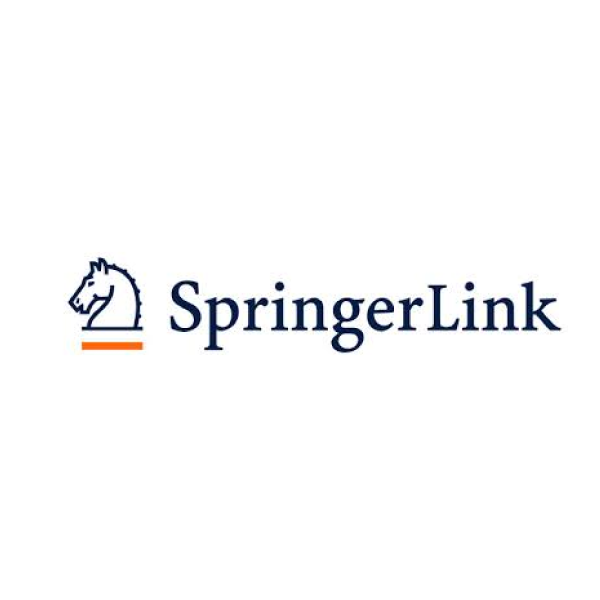
Jeon, K.-I., A. Kumar, et al.
Blocking Mitochondrial Pyruvate Transport Alters Corneal Myofibroblast Phenotype: A New Target for Treating FibrosisView Publication
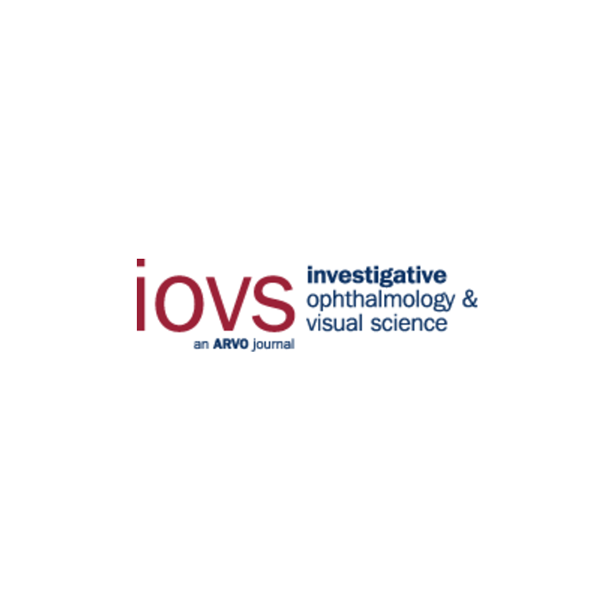
Tetsushi, N., F. Satoshi, et al.
Microglia are dispensable for developmental dendrite pruning of mitral cells in miceView Publication
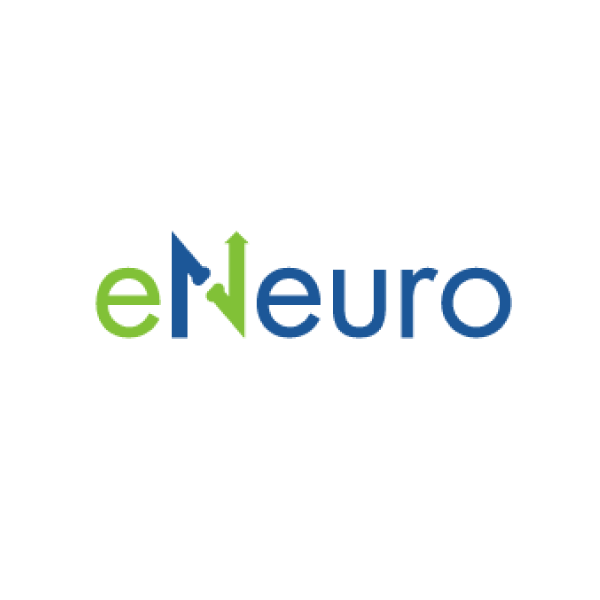
Qin, Y., X.-Y. Zhang, et al.
Downregulation of mGluR1-mediated signaling underlying autistic-like core symptoms in Shank1 P1812L-knock-in miceView Publication
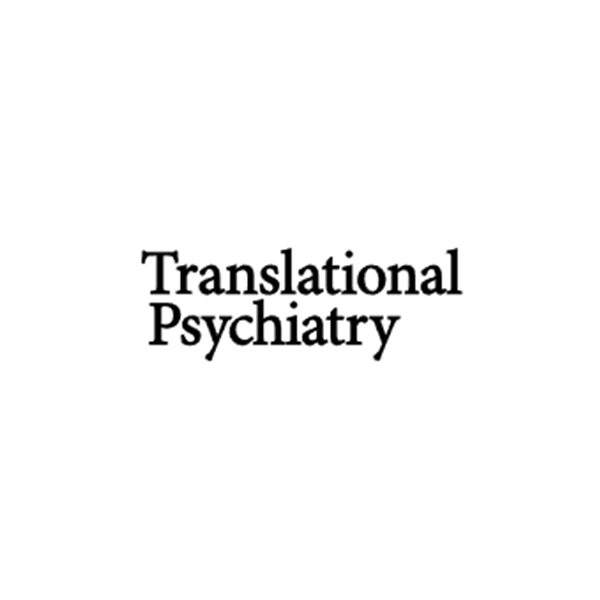
Nevue, A. A., B. M. Zemel, et al.
Cell type specializations of the vocal-motor cortex in songbirdsView Publication

The MicroFile+ converter identifies any recognizable metadata associated with files to pre-populate metadata fields. This minimizes the information that you need to input for converting image(s) to different image format(s). To obtain converted files that contain as much metadata as possible, we recommend that you convert files created using the default image-acquisition format for your imaging system.
The appropriate compression level must be determined empirically. We suggest that you start testing with a 40:1 compression ratio. Open the images in your analysis software and compare with images that are not compressed. If there are visible artifacts, convert the source image again with a 20:1 compression ratio and compare to uncompressed image files. Repeat as needed, halving the compression ratio until there are no visible artifacts compared to uncompressed images.
We invite you to our forum for MicroFile+ software, where you can message experts and other users about topics like compression and other MBF Bioscience products.
Any image in a compatible format can be converted. See specification section above for compatible file formats.
Yes. MicroFile+ supports the collaborative goals of Open Science through the practice of data openness, integrity, and reproducibility, by using MBF Bioscience’s published digital reconstruction data file format, the Neuromorphological File Specification (NFS), which was recently endorsed by the INCF. The data elements in this NFS format were specifically implemented to ensure the files are Findable, Accessible, Interoperable, and Reusable (FAIR).
"I rarely have encountered a company so committed to support and troubleshooting as MBF."

Andrew Hardaway, Ph.D. Vanderbuilt University
"MBF Bioscience is extremely responsive to the needs of scientists and is genuinely interested in helping all of us in science do the best job we can."
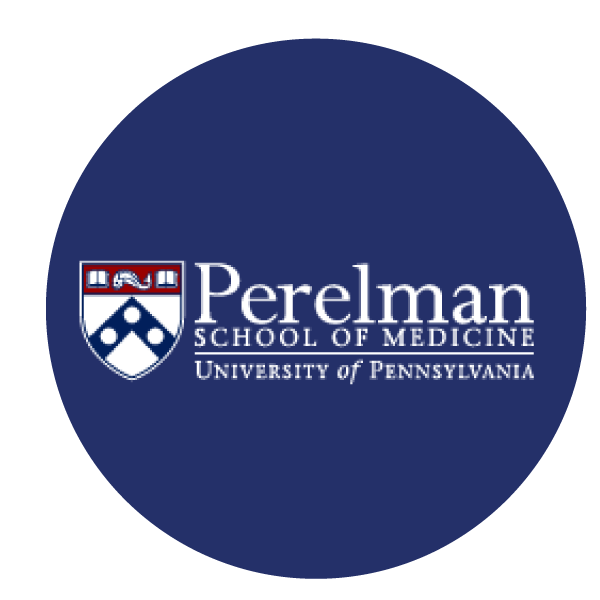
Sigrid C. Veasey, MD University of Pennsylvania
"I am so happy to be a customer of your company. I always get great help related with your product or not. With the experienced members, you are the best team I've ever met. All of your staff are very kind and helpful. Thank you for your great help and support all the time."
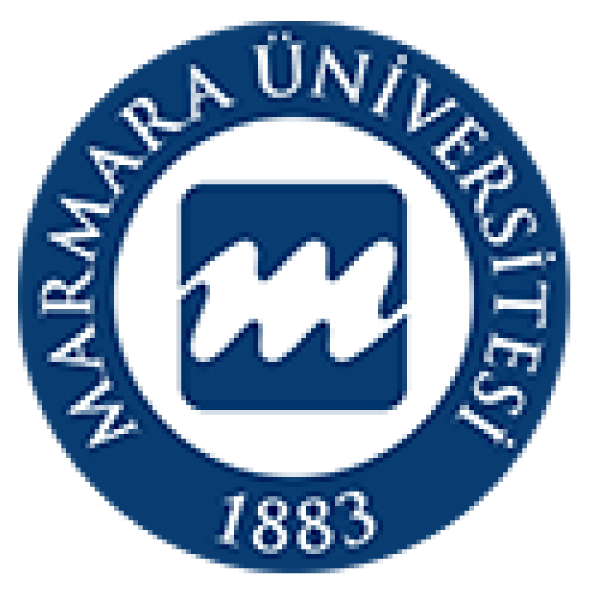
Mazhar Özkan Marmara Üniversitesi Tıp Fakültesi, Turkey
"We’ve been very happy for many years with MBF products and the course of upgrades and improvements. Your service department is outstanding. I have gotten great help from the staff with the software and hardware."

William E. Armstrong, Ph.D. University of Tennessee
"Our experience with the MBF equipment and especially the MBF people has been outstanding. I cannot speak any higher about their professionalism and attention for our needs."

Bogdan A. Stoica, MD University of Maryland
"MBF provides excellent technical support and helps you to find the best technical tools for your research challenges on morphometry."

Wilma Van De Berg, Ph.D. VU University Medical Center - Neuroscience Campus Amsterdam
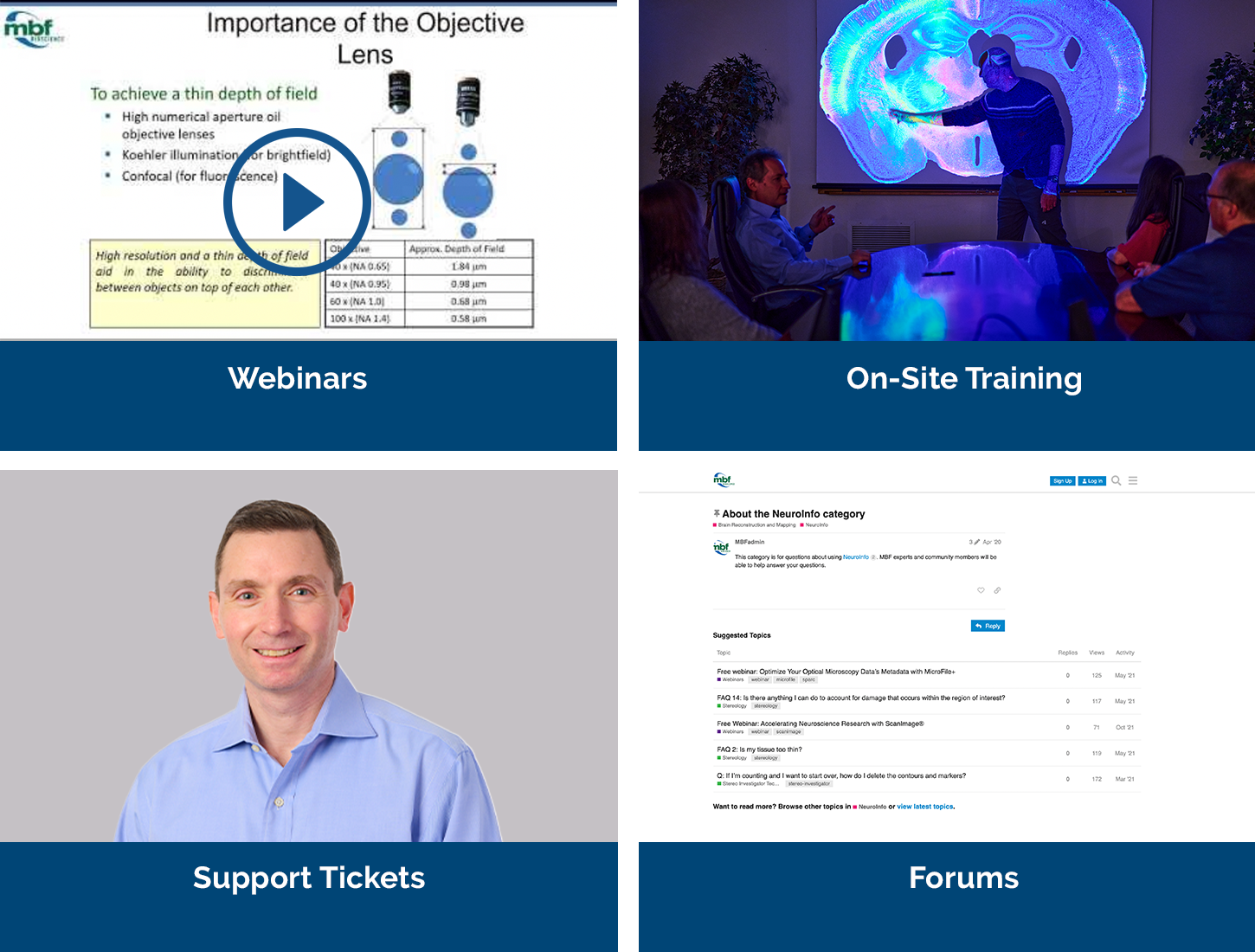
Our service sets us apart, with a team that includes Ph.D. neuroscientists, experts in microscopy, stereology, neuron reconstruction, and image processing. We’ve also developed a host of additional support services, including:
Please fill out the form below to download MicroFile+. An email with a download link and license code will be emailed to you.


